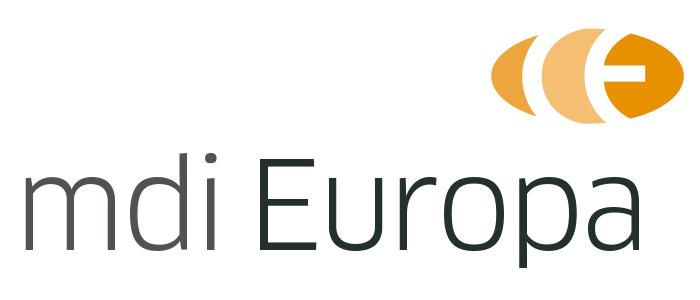Only several months before the Regulation (EU) 2017/745 on medical devices (MDR) fully applies it is time for positive aspects: The MDR contains constructive guidance in many crucial aspects, one of them being the establishment of contractual arrangements of economic operators who partner in device development and manufacturing. This article sheds light upon the issue of quality assurance agreements between manufacturers and their original equipment manufacturers (OEMs).
Notified Bodies (NB) review QAAs in-depth
Regulatory requirements will force both parties to align their processes in many areas. One of the outputs is the QAA. Interlinked processes and the contracts will be audited by NBs very carefully, resulting in countless nonconformities. QAAs which pass without corrective actions will save time and money.
When a QAA is necessary
QAAs should be installed for all critical suppliers and outsourced critical processes. In all cases where the question: “Who does what?” has to be answered, there should be a detailed QAA.
Three questions out of many:
- Is it really clear to the OEM of a Class III product that he has to report changes in the specification to the manufacturer well in advance, so the manufacturer can communicate this change to the NB and get approval?
- Who is in charge of batch release?
- Who is in charge of which part of the technical documentation?
Needless to say that this list is not exhaustive.
The QAA as the central controlling document
QAAs should reflect the daily life between manufacturers and OEMs. They need to be very specific. Both parties should be able to identify control elements and their individual tasks and implement them into their own procedures and processes. All economic operators will be able to design a QAA and use it as an excellent instrument for daily work, if they take their time and extract all the scattered information hidden in the new MDR.
This approach – too idealistic?
Is it really too idealistic to predict that the strong regulations of the MDR help establishing cooperation between manufacturers and their critical suppliers? We believe that precise and detailed QAAs are an excellent start for successful cooperation.
AstraCon is an established enterprise in the regulatory field since 2013. We provide analyses of your technical documentation and QM system. Our specialities are establishing state of the art clinical evaluations. We know exactly how QAAs have to look like to be a true basis for long-term communication and trustful relationship between economic operators.
We are convinced that regulation can be turned into success. Contact us via mdi Europa!
Source: AstraCon
You might also read our corresponding article on Private Labeling (OEM)




